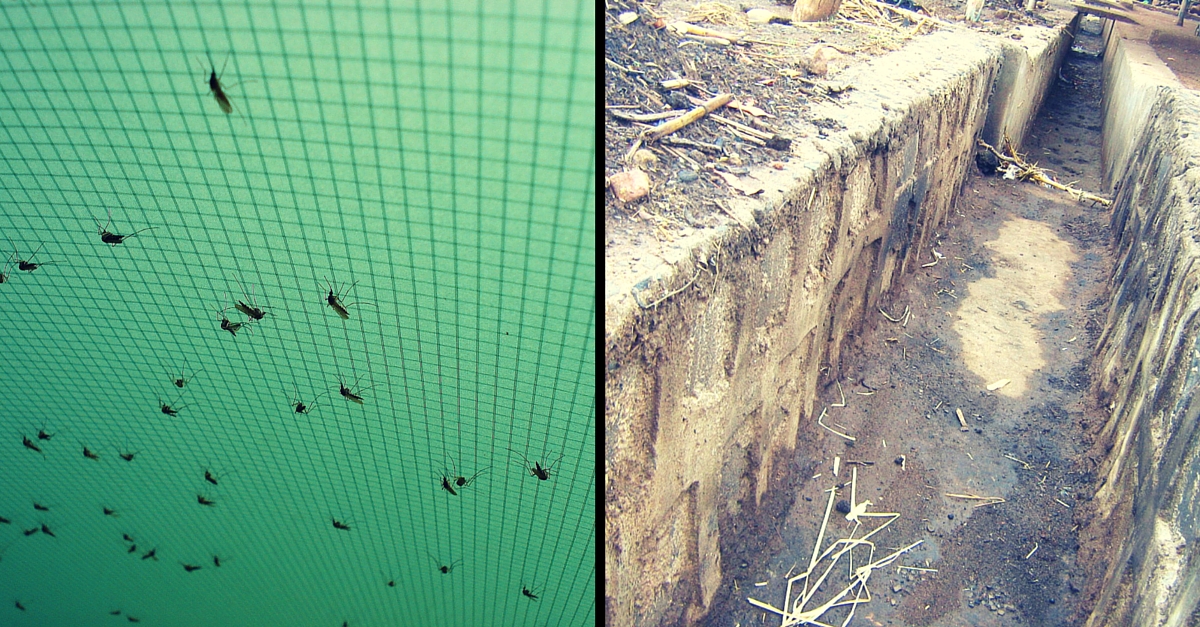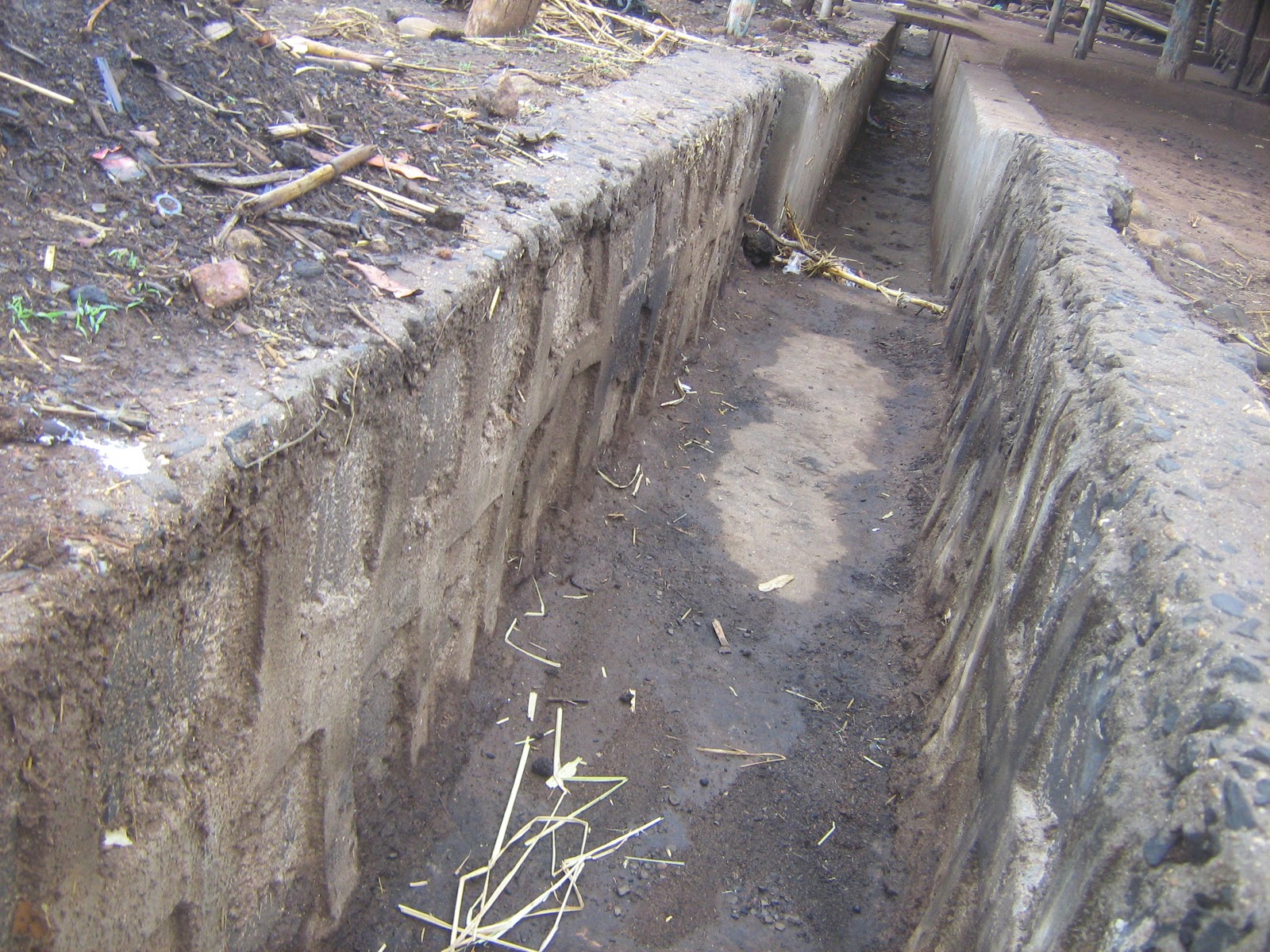Villagers in Maharashtra Show Us How to Beat Zika and Other Mosquito-Borne Illnesses
The project first started a decade ago in Tembhurni village in Himayatnagar Taluk.

The world can take a cue from this village in Maharashtra, which has managed to successfully get rid of the mosquito menace.
At a time when many countries are battling the Zika virus, several villages in Nanded district of Maharashtra continue to drown out mosquitoes through underground soak pits.
 Representative image source: satpudatiger.blogspot.com
Representative image source: satpudatiger.blogspot.com
The project first started a decade ago in Tembhurni village in Himayatnagar Taluk. Sarpanch Pralhad Patil initiated the construction of soak pits behind every house. When they started, government funds were hard to come by. So. the villagers pooled in their funds.
The pits are four feet deep and have a cement pipe that has four equidistant holes at the top. A layer of sand under and around the pipe allows the water to percolate slowly into the ground. And so, waste water is drowned out and not allowed to stagnate, while ground water is replenished.
Nanded zilla parishad chief executive officer Abhimanyu Kale decided to replicate the Tembhurni project in 2014 across the district.
“Within a year of all houses getting the new soak pits, the village became free of mosquitoes.Water flowing into the 200 soak pits gradually drains down into aquifers, thereby recharging the groundwater. Our village hasn’t faced water scarcity in recent years,” Pralhad told The Times of India.
The project is being continued with funds from MNREGA. The zilla parishad plans to achieve similar results in over 1,300 villages of the district.
This model seems to be working. According to the District Health Officer of Nanded, Balaji Shinde, the transmission rate of water borne and mosquito-borne diseases has reduced by 75%. According to reports, he says, “We have done several rounds of surveys through the villages but have not been able to find mosquito breeding sites.”
Featured image source: Flickr/Anja Jonsson
Like this story? Or have something to share? Write to us: [email protected], or connect with us on Facebook and Twitter (@thebetterindia).

Similar Story

Want to Play a Role in Shaping India’s Climate Laws & Policies? Here’s a One-Stop Guide
Civis, a platform that enables citizens to participate in public consultations in the domain of environment and policy has released Climate Voices. This is a handbook and guide for Indians to participate in environmental law-making and play an active role in shaping our climate policies.
Read more >
If you found our stories insightful, informative, or even just enjoyable, we invite you to consider making a voluntary payment to support the work we do at The Better India. Your contribution helps us continue producing quality content that educates, inspires, and drives positive change.
Choose one of the payment options below for your contribution-
By paying for the stories you value, you directly contribute to sustaining our efforts focused on making a difference in the world. Together, let's ensure that impactful stories continue to be told and shared, enriching lives and communities alike.
Thank you for your support. Here are some frequently asked questions you might find helpful to know why you are contributing?


This story made me
-
97
-
121
-
89
-
167












